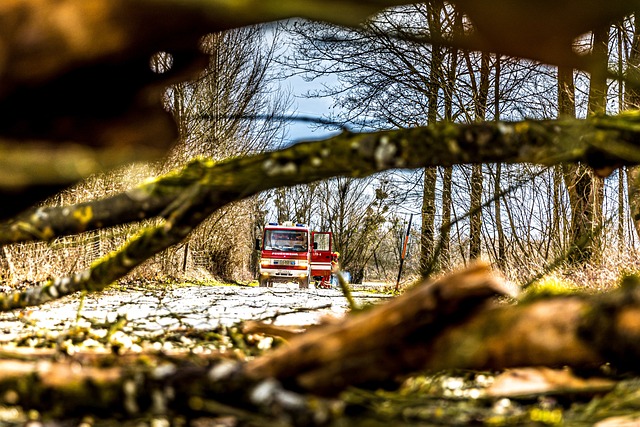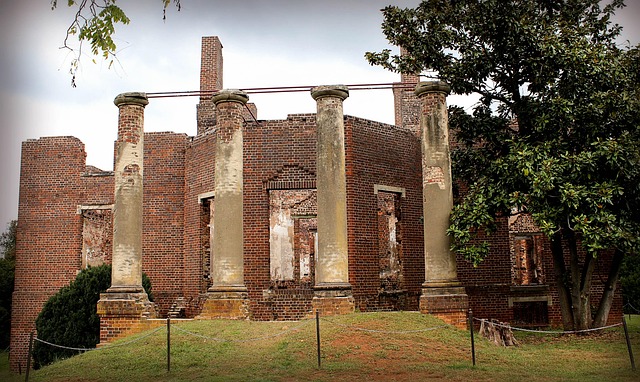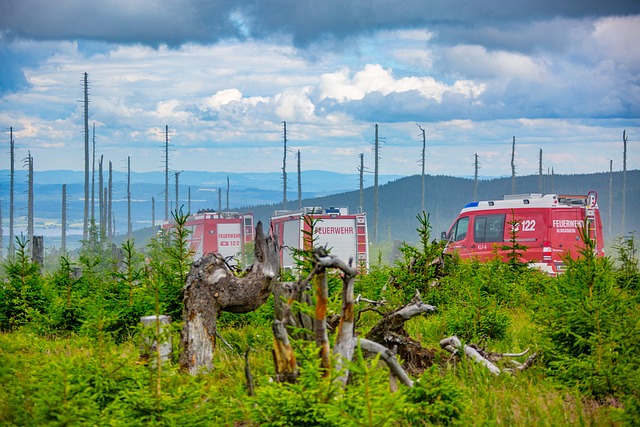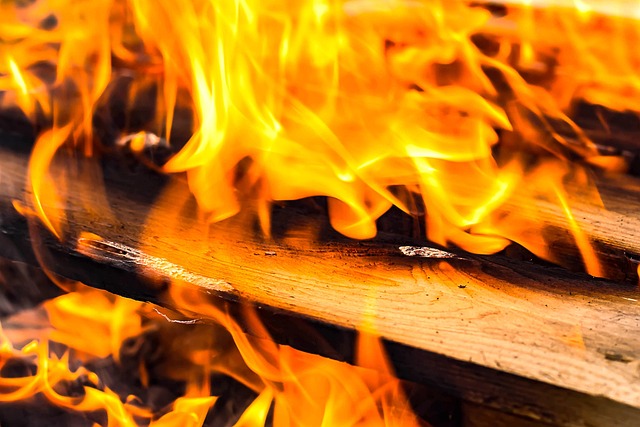Selling a fire-damaged home in California involves several steps: a mandatory fire damage assessment for valuation, insurance claim filing with thorough documentation, and determining repair costs based on extensive damage. Homeowners must decide between rebuilding or renovating, considering insurance coverage, structural integrity, market trends, and buyer preferences. Strategic marketing is key to successfully selling these properties while navigating potential challenges related to damage and value determination.
“In California, where homes are cherished as much as the diverse landscapes, the prospect of a burned house can be devastating. This article guides you through the intricate world of fire damage repairs, offering insights into understanding assessment processes, and navigating the costs involved.
From assessing damage to deciding between rebuilding or renovating, we explore key factors influencing expenses. We also delve into insurance claims, common repair estimates, and market strategies for selling a fire-damaged property in California, empowering homeowners with knowledge to make informed decisions.”
- Understanding Fire Damage Assessment in California
- Factors Affecting Repair Costs: A Comprehensive Look
- The Process of Filing an Insurance Claim for a Fire-Damaged Property
- Common Repairs and Their Average Cost Estimates
- Rebuilding vs. Renovating: Which Option is More Financially Viable?
- Selling a Fire Damaged House: Market Insights and Strategies
Understanding Fire Damage Assessment in California

In California, fire damage assessment is a crucial step before repairing or selling a fire-damaged home. The process involves a thorough inspection to determine the extent of the damage caused by the fire and to establish a baseline for the repair costs. This evaluation is essential for homeowners looking to sell their fire-damaged properties in the state.
Assessors consider various factors, including the type of materials used in construction, the severity of burning, and the spread of smoke and water damage. They meticulously document each aspect of the damage, enabling accurate estimates for repairs or a fair market value determination. This assessment is critical for owners who wish to sell as it ensures they receive a just price for their property, whether through a traditional sale or a specialized program for selling fire-damaged homes in California.
Factors Affecting Repair Costs: A Comprehensive Look

When considering the repair costs for a burned house in California, several factors come into play, each influencing the overall expense. The extent of the damage is a primary concern; major structural issues or extensive smoke and water damage will significantly drive up restoration bills. The size and age of the property also matter; larger homes often require more materials and labor, while older buildings might have unique architectural features that need specialized care.
Location can be another determinant, as California’s diverse regions bring varying construction standards and material costs. Additionally, the market value of the property before the fire is relevant; a higher-valued home may warrant a more comprehensive renovation to restore its former condition. Insurance coverage plays a pivotal role too, with policies dictating what’s covered and what the out-of-pocket expenses will be for homeowners looking to sell fire damaged houses in California.
The Process of Filing an Insurance Claim for a Fire-Damaged Property

After a fire, the first step is to ensure everyone’s safety and call the necessary emergency services. Once the immediate crisis has passed, filing an insurance claim for your fire-damaged property in California is crucial. Start by contacting your insurance provider as soon as possible to report the loss. They will guide you through the process and provide temporary housing or rental assistance if needed.
Documenting the damage thoroughly is essential. Take photos and videos of the affected areas, including both visible damage and any personal belongings that have been damaged or destroyed. Keep records of all expenses related to the fire, such as medical bills or hotel stays. These documents will be crucial when submitting your insurance claim for a sell fire damaged house in California.
Common Repairs and Their Average Cost Estimates

After a house fire, numerous repairs are often needed to restore the property to its pre-damaged condition. The cost of these repairs can vary greatly depending on the extent of the damage and local labor rates. Common repairs include structural fixes, roof replacement or repair, window and door restoration, electrical work, plumbing repairs, and remodeling to update or replace damaged finishes.
In California, the average cost estimates for these repairs range from a few thousand dollars for smaller, superficial damages up to tens of thousands for significant structural issues and total rebuilds. For instance, roof repairs can cost between $5,000 and $20,000, while full roof replacements can exceed $100,000. Structural repairs may run anywhere from $10,000 to $50,000 or more, depending on the severity of the damage. Electrical and plumbing work typically costs between $5,000 and $20,000, while interior remodeling can add another $10,000 to $30,000 or more to the overall repair bill. If you’re considering selling a fire-damaged house in California, it’s crucial to consult with professionals who can provide detailed estimates tailored to your specific situation.
Rebuilding vs. Renovating: Which Option is More Financially Viable?

When faced with the aftermath of a burned house, homeowners in California often find themselves at a crossroads: should they rebuild or renovate? While both options have their financial implications, each can be more or less viable depending on several factors. Rebuilding might seem like the obvious choice for a completely new start, but it’s important to consider that this process is typically costlier due to the need for permits, architectural plans, and potentially higher labor costs. On the other hand, renovating allows homeowners to salvage usable parts of the structure, reducing overall expenses significantly.
In many cases, especially with proper insurance coverage, a thorough assessment might reveal that renovating is the more financially viable option. This approach can be particularly beneficial for selling fire-damaged houses in California, where market conditions and potential buyers’ preferences play a role. Renovating enables homeowners to restore their property while aligning with current design trends, potentially increasing its resale value.
Selling a Fire Damaged House: Market Insights and Strategies

Selling a fire-damaged home in California can be a challenging yet rewarding process, given the right strategies and market understanding. The initial step involves assessing the extent of damage; major structural issues or extensive water damage may require significant repairs, impacting the property’s value. However, many buyers are willing to invest in renovation projects, especially in desirable locations.
Marketing a fire-damaged house requires a strategic approach. Highlighting the potential for transformation can attract buyers seeking a unique opportunity. Professional photography and honest descriptions that showcase both the damaged areas and the property’s capabilities are essential. Additionally, working with a real estate agent experienced in handling such sales can provide valuable insights into buyer preferences and help negotiate offers, ensuring a successful sale despite the challenges.
When faced with repairing a burned house in California, understanding the repair costs and available options is crucial. This article has provided an in-depth look at factors influencing these costs, guided homeowners through navigating insurance claims, offered cost estimates for common repairs, and explored the financial viability of rebuilding versus renovating. For those considering selling a fire-damaged property, the insights on the California market can help navigate this challenging time effectively, ensuring a smooth transition whether choosing to rebuild or renovate first.






